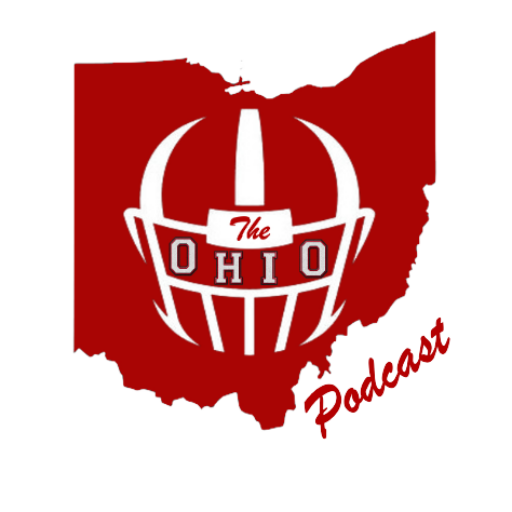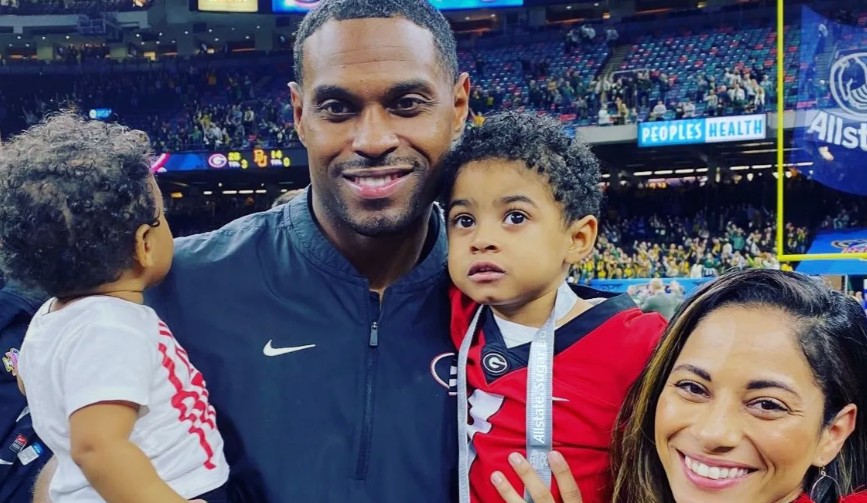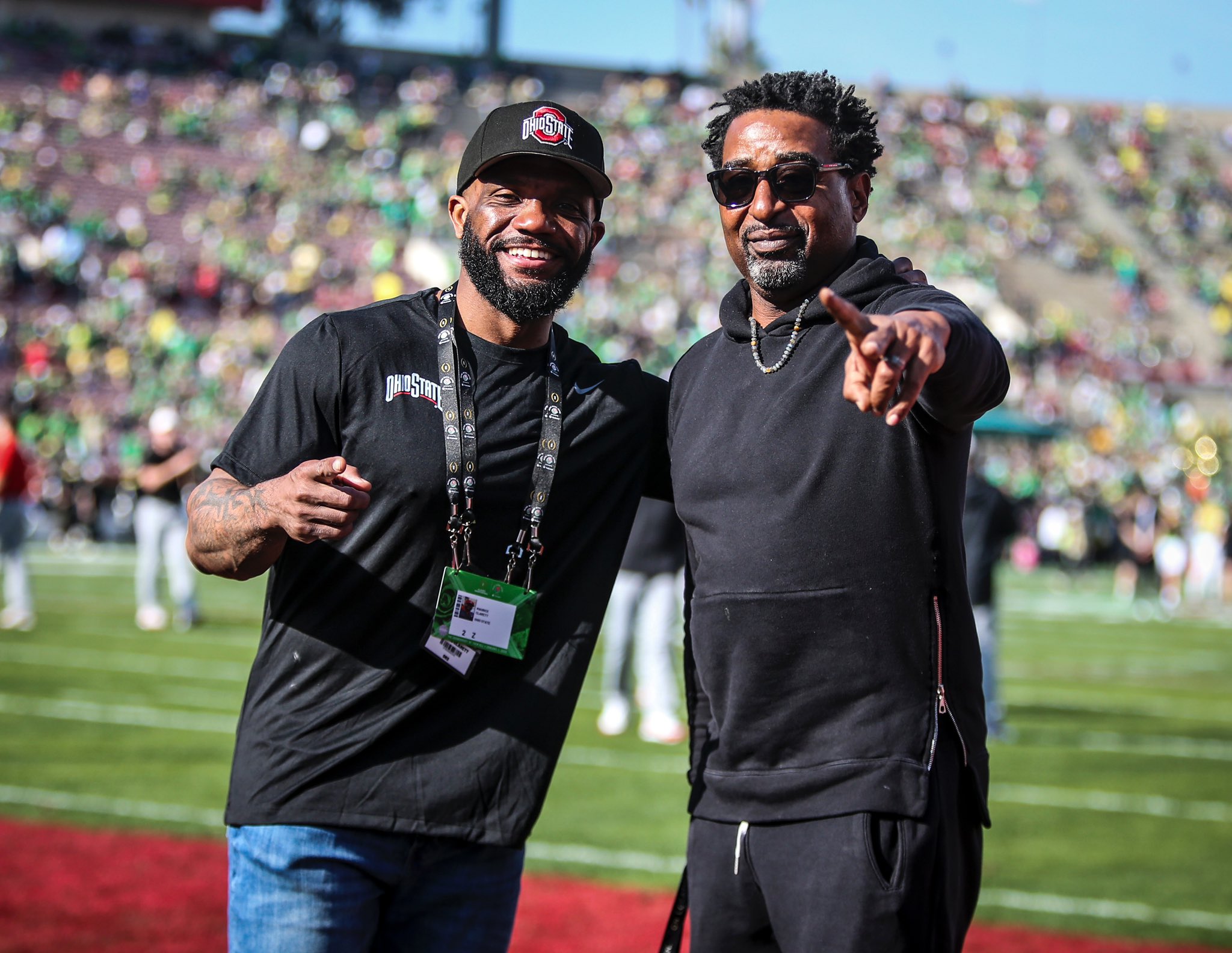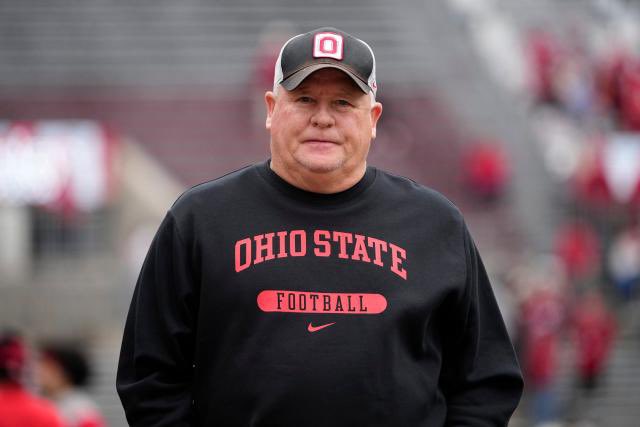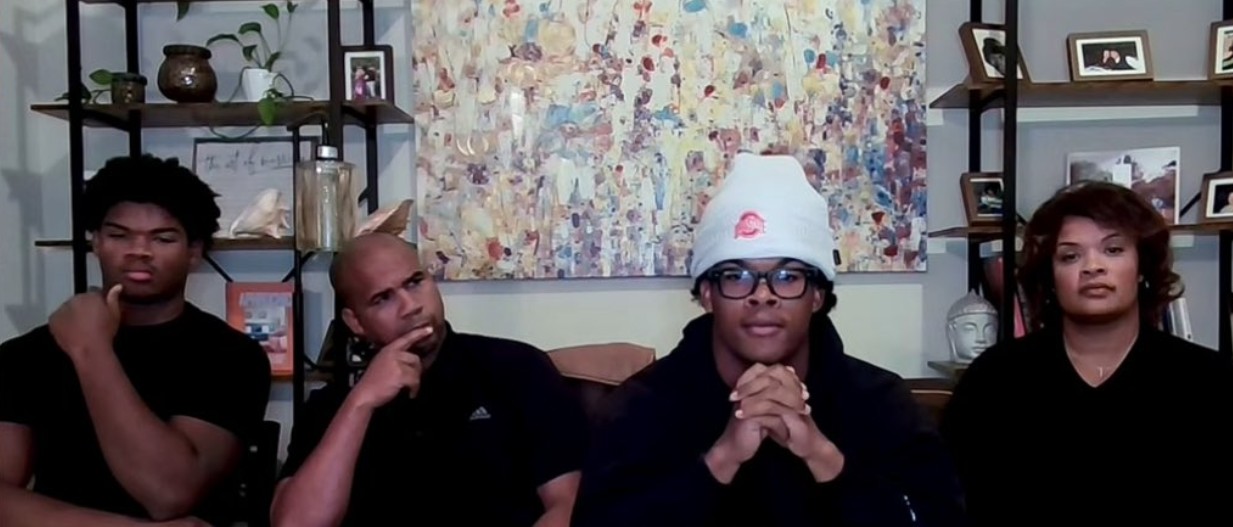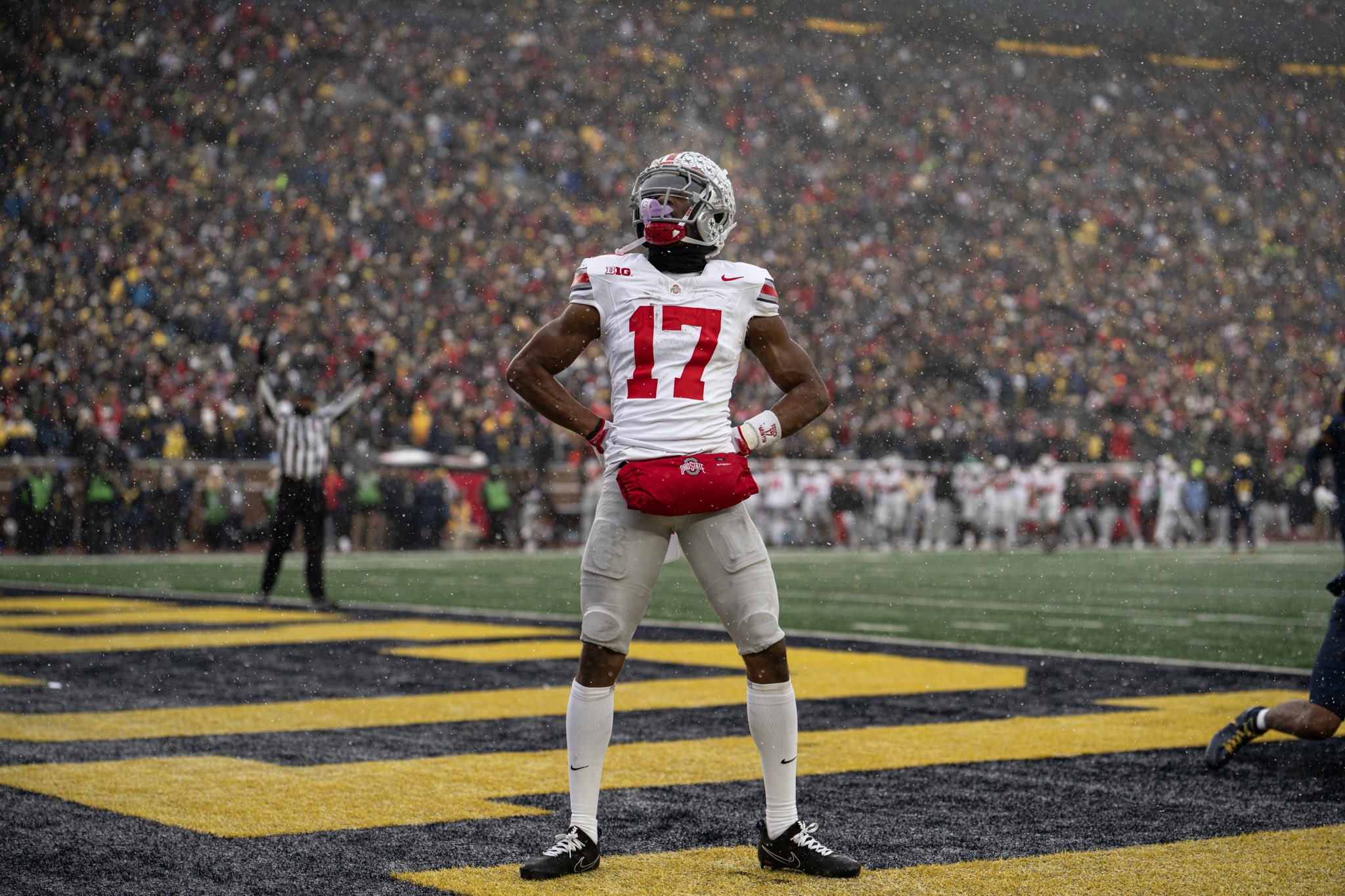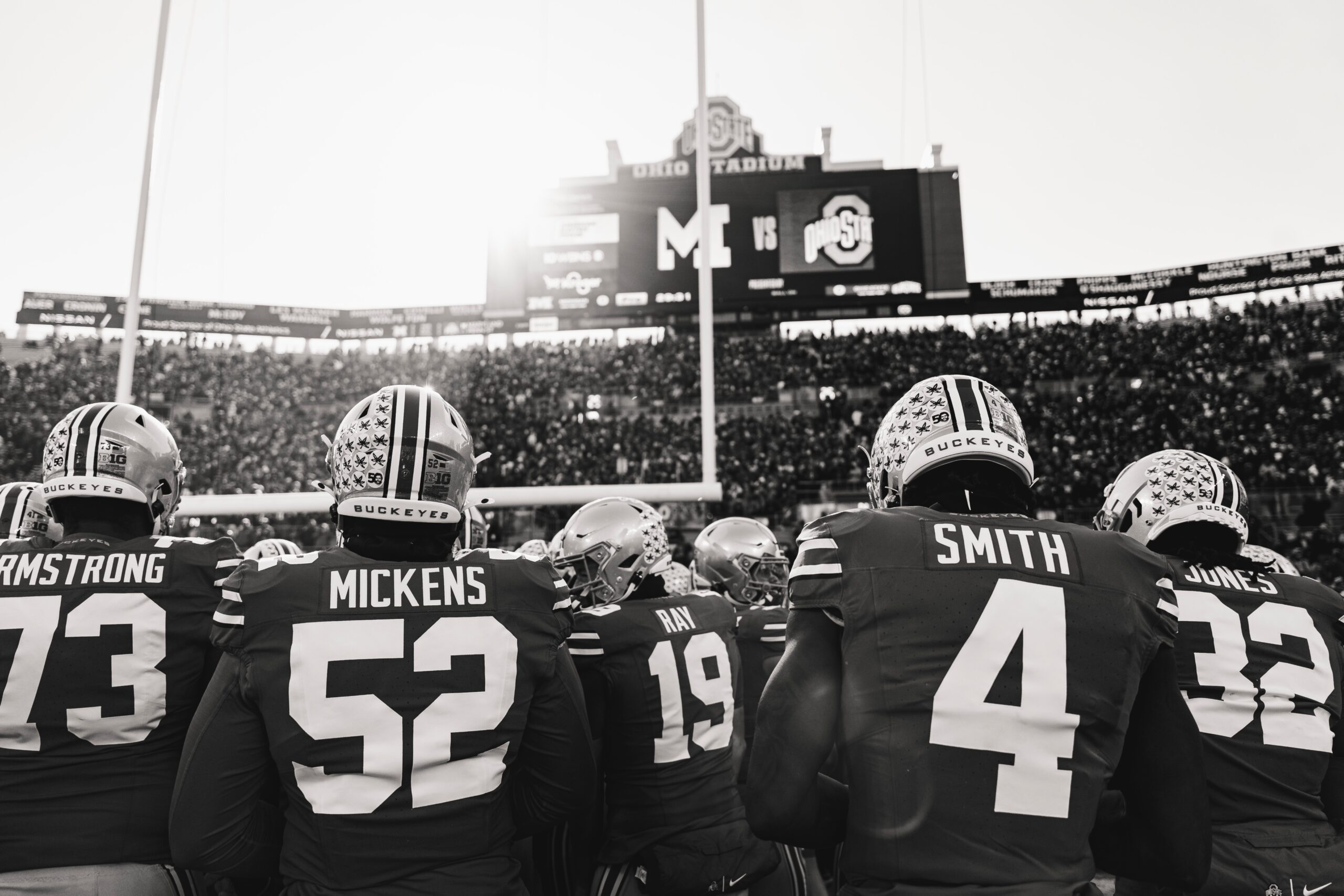
A new chapter in college sports officially begins with the launch of direct revenue sharing between universities and their athletes, and Ohio State is once again setting the standard. Following the finalization of the House v. NCAA settlement, schools are now permitted to distribute a portion of their revenue directly to student-athletes—a groundbreaking shift that builds on the Name, Image and Likeness (NIL) freedoms granted in 2021. Starting in the 2025–26 academic year, Ohio State will share $18 million with athletes from four of its 36 varsity sports: football, men’s basketball, women’s basketball, and women’s volleyball. This strategic decision reflects a balance between revenue generation and Title IX considerations, as football alone accounted for over $111 million in revenue last year, and volleyball remains one of the top women’s revenue sports at Ohio State.
The $20.5 million revenue-sharing cap—roughly 22% of the average revenue for Power 4 athletic departments—will increase by 4% annually for two years before being reassessed. Ohio State’s $18 million figure accounts for new scholarship expenses, with the university adding 91 new scholarships across all sports. While specifics on individual sport allocations remain undisclosed, the vast majority of funds will undoubtedly support football players, who drive the most income. Still, Athletic Director Ross Bjork made it clear that OSU applied a data-driven and equitable formula to guide its decisions, emphasizing metrics and a Title IX-aware approach.

Beyond forward-looking payments, the House settlement also includes a significant backpay provision for athletes who competed from 2016–24. Although schools aren’t bound to the settlement’s 75/15/5/5 distribution formula—weighted heavily toward football and men’s basketball—it’s likely Ohio State and others will use it as a framework. Coaches at OSU will have discretion in how to allocate revenue within their teams, and while the university won’t disclose individual earnings, elite athletes such as Jeremiah Smith, Caleb Downs, Bruce Thornton, and Jaloni Cambridge are expected to be top earners.
Importantly, NIL opportunities remain in place, although they’ll now be more tightly regulated under a new review platform, NIL Go. Designed to ensure legitimate business value and fair-market compensation, NIL Go adds oversight in an effort to prevent circumvention of the revenue-sharing cap. That hasn’t stopped schools and collectives from pushing the envelope, however; NIL payments in June 2025 increased by 824% compared to the previous year as collectives sought to front-load compensation ahead of the new rules. Ohio State has adapted to these changes by launching Buckeye Sports Group, an in-house NIL initiative that consolidates efforts previously managed by collectives like The Foundation and the 1870 Society, allowing OSU to directly facilitate deals without impacting the cap.
In parallel with revenue sharing, the NCAA has also shifted from scholarship limits to roster limits. Ohio State football will now offer 90 scholarships—five more than the previous limit of 85—but will ultimately need to reduce its overall roster to 105 players. Thanks to a transitional clause in the settlement, OSU can temporarily exceed that number by retaining players who would otherwise have been cut. That means the Buckeyes could still carry more than 105 players this year, though fewer than the 120-man rosters of the past.

One of the most common concerns with the new model has been whether schools will be forced to cut non-revenue sports. At Ohio State, that answer is a firm no. Despite only two of its 36 varsity sports being profitable, the university remains committed to funding them all. President Ted Carter and Bjork have repeatedly reaffirmed this stance, pointing to legacy, equity, and the student-athlete experience as core reasons for preserving all programs. Bjork acknowledged that the way resources are allocated may evolve, and teams running at a deficit could receive less funding moving forward. But he emphasized that OSU has the infrastructure and revenue-generating ability to adapt without sacrificing its commitment to broad-based athletic opportunity.
This is, without question, a transformative moment in college athletics—and Ohio State is meeting it head-on. With a data-driven approach, respect for tradition, and an unwavering commitment to its student-athletes, the Buckeyes are once again proving why they’re leaders on and off the field. As Bjork put it, this is only the beginning. The evolution will continue, and Ohio State is ready for the climb.
